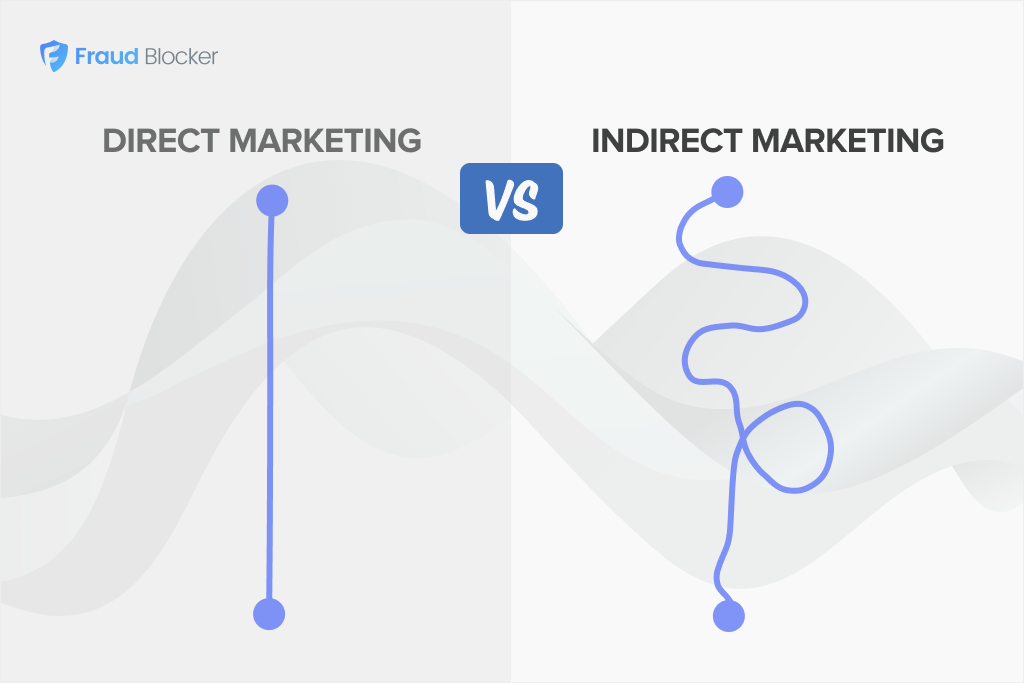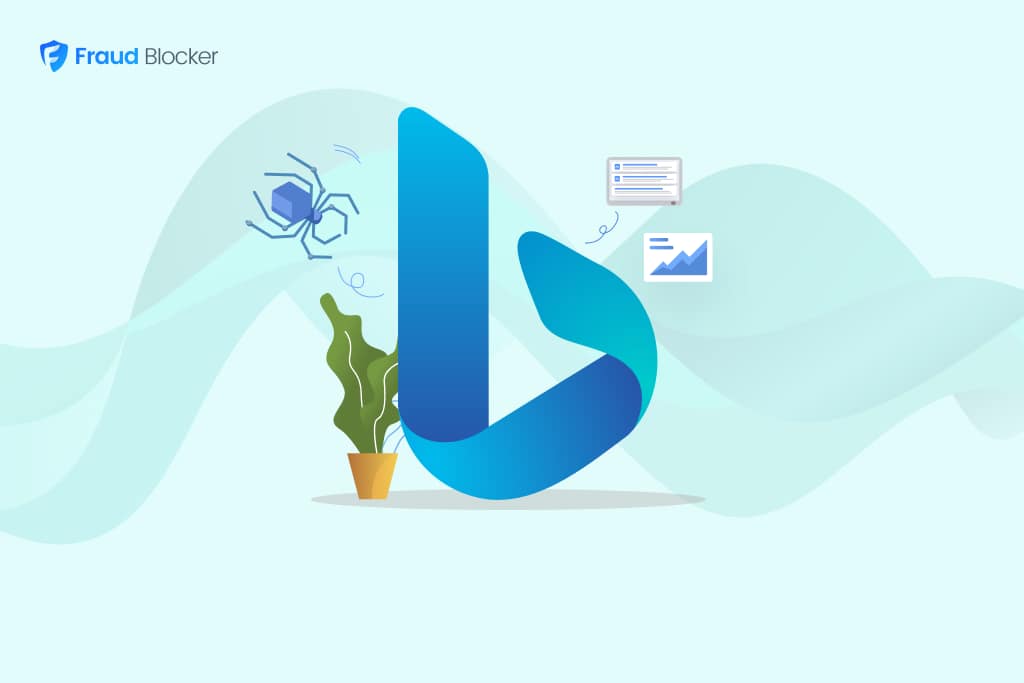
NEW New feature: Verify & block fake emails

We improve your ad performance by blocking click fraud and fake emails

Click fraud is costing advertisers billions in loses. Learn more here.

Click fraud is costing advertisers billions in loses. Learn more here.
Facebook ad fraud is out of control.
In its own transparency reports, Facebook admitted to removing 827 million fake accounts in just one quarter of 2023. That’s 4–5% of its entire active user base.
If you’re running Facebook ads right now, there’s a good chance you’re paying for fake clicks, bots, or low-intent traffic that has zero chance of converting. And it’s not just a small leak; this kind of fraud can quietly wipe out thousands in ad spend without any obvious signs.
In this guide, we’ll break down the different types of Facebook ad fraud, how they work, and, most importantly, how to stop wasting budget on traffic that’s never going to deliver results.
Facebook ad fraud is the process of manipulating Facebook campaigns to waste your budget and fake engagement, usually for financial gain. It’s a subset of digital ad fraud, and it’s very common.
This is different from more general ad scams on facebook that impersonate real businesses and promote phishing schemes. See the difference in our “Scam ads are also a problem on Facebook” section
Fraudsters abuse Facebook’s ad systems in two major ways, and both cost you (the advertiser) real money:
Each method results in wasted spend and misleading performance metrics. Below are the most common fraud types advertisers encounter.
When non-advertisers talk about fraudulent ads on Facebook, they usually mean ads promising fake giveaway prizes, dirt-cheap products, or even clickbait that leads to phishing websites.
All of these scammy ads follow a similar format. Fraudsters launch ad campaigns on Facebook, usually with stolen credit info, and promote an offer that’s too good to pass up. They may even use Facebook spam bots to mimic real user activity and leave positive comments under the ads.
Users pay, click, or submit their information, fall down the rabbit hole, and end up getting scammed.
These types of Facebook ad scams are so common that Internal documents from Meta showed 70% of new advertisers on the platform promote some type of scam.
Facebook ad scams are not what this post is about, but still worth mentioning. Lifelock has a great blog on how to avoid the common types of Facebook scams, if you want to learn more.
While it can be difficult to eliminate Facebook ad fraud entirely, you can make it much harder for scammers to waste your budget. The key is tightening up your targeting, staying vigilant with traffic sources, and using the right tools to protect your ads.
Here are some smart steps to help you spot fraud early and reduce wasted ad spend:
Avoid broad audience targeting
Exclude Audience Network
Speaking of audience: Facebook’s Audience Network is where a lot of fraud slips through, so most advertisers can exclude it entirely. If the performance looks too good (or too weird), it deserves a closer look. Questions to ask when reviewing your data:
If you’re consistently getting low-quality traffic from specific regions, it’s worth setting up location exclusions to block that spend. While Facebook doesn’t let you exclude individual IP addresses natively, you can limit or block entire countries, regions, or cities at the ad set level.
Here’s how to do it:
If your ads lead to a landing page, you can implement CAPTCHA to blocks basic form bots from submitting trash leads. While some sophisticated bots can solve CAPTCAs easily, it’s still a helpful step to weed out a large chunk of them.
You can also add email verification as an extra step. This could be having users verify their email addresses before submitting, or, if you’re worried about discouraging potential leads, use an email checker to vet leads after submission, and before you start to follow up.
A good ad fraud protection tool can automatically detect and block fake clicks before they burn your budget and poison your data. Platforms like Fraud Blocker help keep your Facebook ad spend focused on real users, not bots or click farms. It’s an extra step that could yield a lot of long term benefits.
Absolutely, if you do it right.
Facebook is still the largest social media platform in the world, with billions of users and some of the most advanced targeting tools available. When managed properly, advertisers can achieve a strong return. A 3:1 ROAS is considered a solid benchmark, and many businesses exceed that by focusing on audience quality, creative testing, and smart exclusions.
Fraud Blocker monitors your traffic in real-time and analyzes behavior patterns, device signals and IP data to flag bots, click farms, and fake users before they hit your ad budget.
It’s one of the easiest ways to take control of your Facebook ad spend. Instead of relying on Meta to detect bad traffic after the fact, Fraud Blocker gives you visibility and protection from day one.
Want to see how much fraud is slipping through? Start with a free trial and see what’s really happening behind the scenes.


